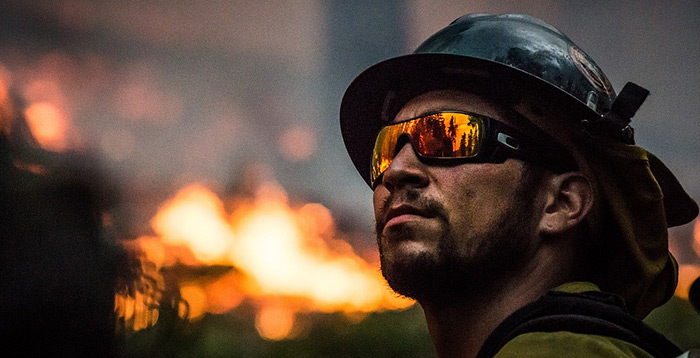Machine Learning
In the near future, machine learning and algorithms could help design buildings with far fewer fire risks, automatically alert contractors to strategically retrofit old buildings with compliant materials – and even predict which buildings are at the greatest risk of fire.
In November of 2018, Autodesk CEO Andrew Anagnost claimed that machine learning could have prevented the Grenfell Tower tragedy from happening altogether.
His claim wasn’t made in an insensitive manner, but critics would argue that machine learning programmes are expensive and still in their infancy and that this kind of retrospective application of technology isn’t helpful. It’s a bit like saying the Titanic wouldn’t have sunk if it were made with modern shipbuilding techniques.
But machine learning can help prevent future fires, by cataloguing the materials in buildings and checking for current day fire safety compliance. Algorithms can find patterns quickly and identify all the buildings at risk, without any human prompting.
Machine learning could also help architects design the most fire safe buildings possible, by categorising and compiling the best use of space and compartmentation.
New Materials
The tragedy of Grenfell Tower highlighted, amongst other things, the misuse of materials. The ongoing public inquiry into the fire has so far consulted fire safety professionals, firefighters and survivors in a bid to understand the events, procedural errors and poor material choices that led to the fire claiming so many lives.
As part of a refurbishment project, the building was fitted with cladding, intended to make the tower block more attractive from the outside. The material used was a coated aluminium styrofoam sandwich panel, designed to be used as a window infill on low rise buildings.
The cladding was combustible. It caused the fire to spread rapidly and fiercely – firefighters were unable to quench it as it raged like a burst gas main. New regulations have, quite rightly, reclassified the material unsuitable for use.
But cladding is still required for construction. To make cladding safer, the University of Melbourne’s Innovative Fire Engineering Group has developed a new non-combustible core for cladding, using ceramic particles suspended in plastic to greatly increase the heat resistance of the material.
This lightweight, fire resistant cladding core will allow architects and contractors to maintain aesthetics and thermal insulation safely – effectively removing the risk of uncontrollable cladding fires.
Forest Camera Networks
Each summer, the risk of wildfires in the western United States grows. In 2018, fires ravaged California. The Camp Fire claimed 83 lives. It was the deadliest fire in California to date and one of the most destructive in world history.
California’s new Governor, Gavin Newsom, has pledged to expand a promising high-tech project hailed by experts as a game changer.
The system uses infrared cameras strategically located in key areas. The cameras detect unusually high heat signatures and serve as an early warning, allowing fire and rescue teams to dispatch to the affected location immediately – eliminating the threat before it can become a deadly blaze.
A system exists today and has proven to be effective – the high definition IR cameras in use can detect a fire from up to 70 miles away. But with only 80 cameras, the 33 million acres of California forest are mostly unmonitored.
This tech could change all that, and make deadly forest fires in Cali a thing of the past.
Fire Safety You Can Trust
At Coopers Fire, we’re always developing, testing and improving our products – to keep us at the cutting edge of fire safety. To find out more about our products and services, or to enrol in one of our educational training courses, call us on 02392 454 405 or email info@coopersfire.com.


